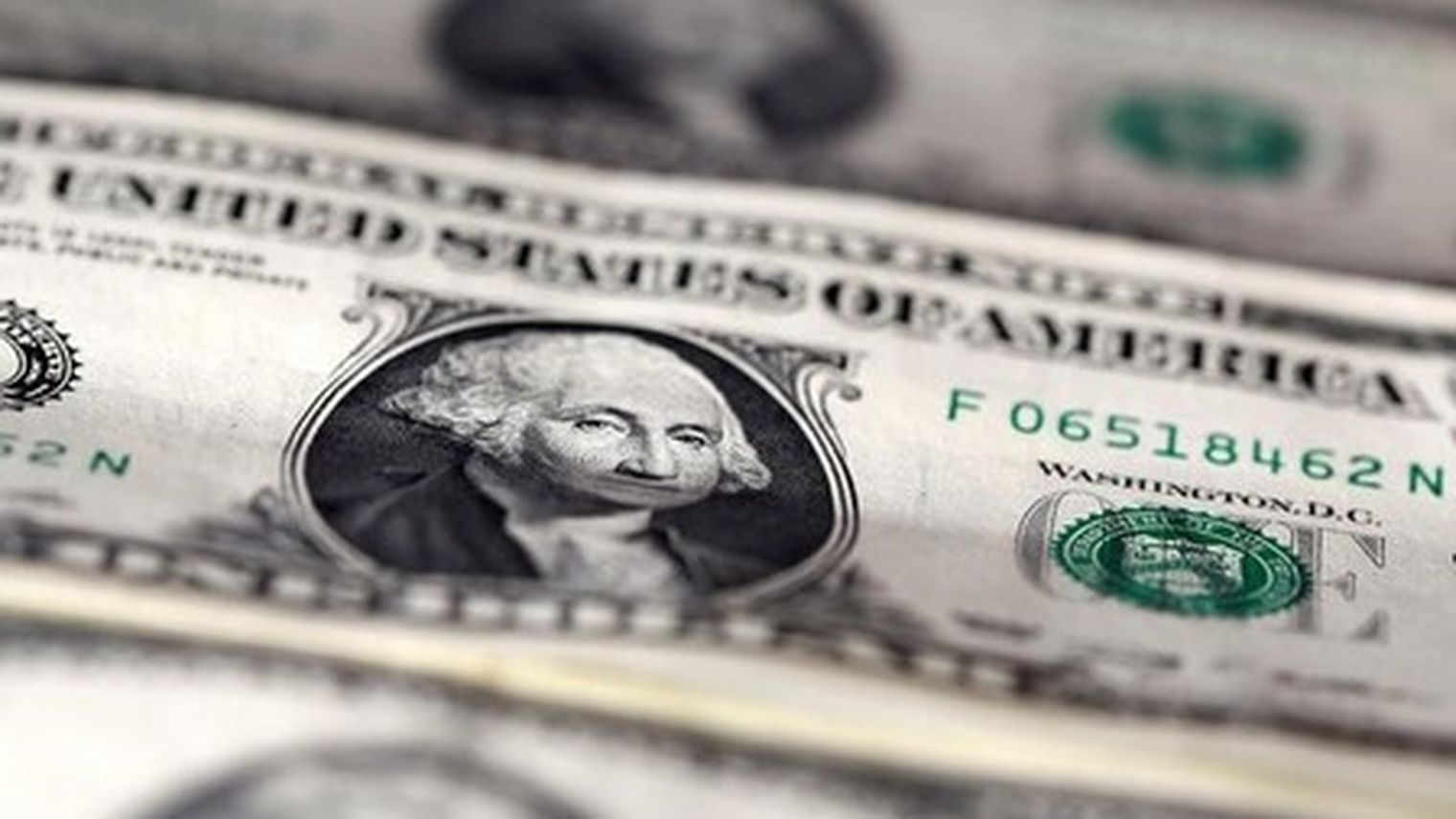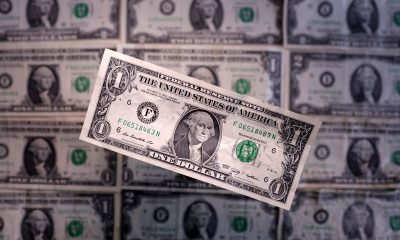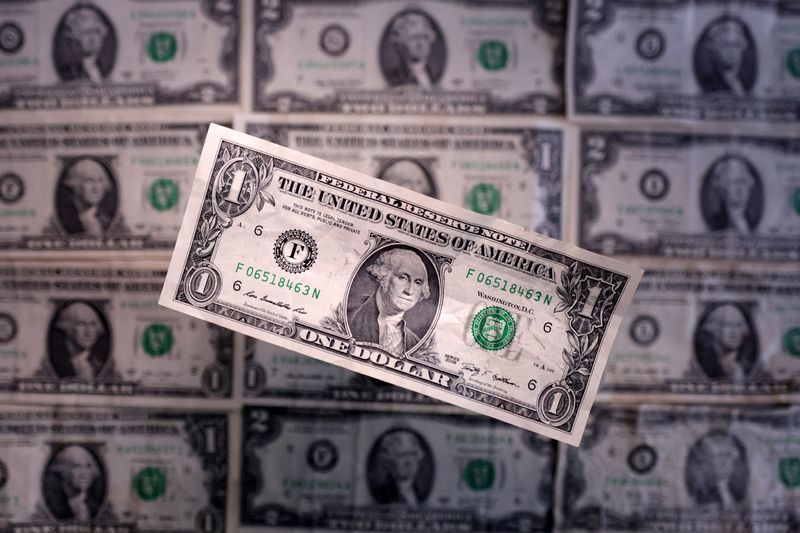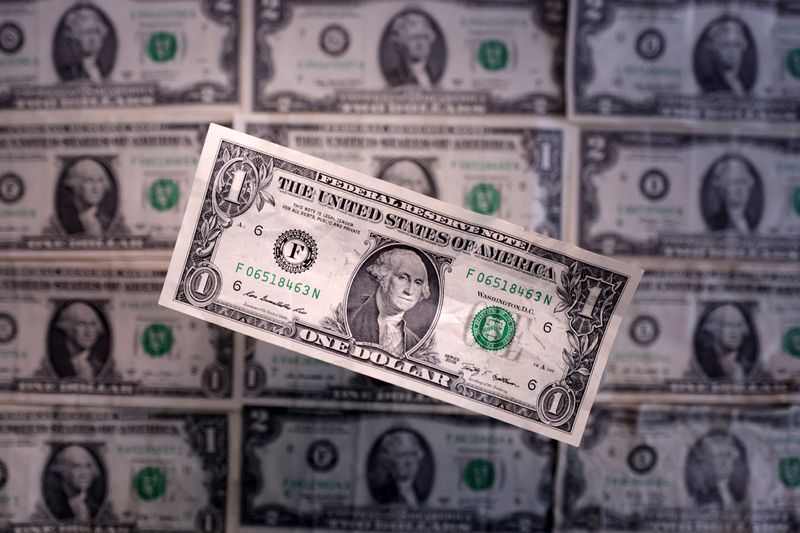Forex
Sterling prepped for rate decisions, shakes off UK political ructions

Sterling held mostly steady on Monday, ahead of a week packed with central bank decisions and key economic data, starting with a read on the UK jobs market that could be pivotal in setting expectations for what the Bank of England may do next week.
The currency market showed little reaction to developments on the political front in the UK, after the surprise resignation from parliament of former Conservative Prime Minister Boris Johnson and two fellow lawmakers over the weekend.
The pound, which is heading for its third successive quarterly gain against the dollar, was up 0.1% at $1.2594.
Volatility across the broader financial market was subdued on Monday, as traders prepared for a flurry of central-bank decisions on interest rates, starting with the U.S. Federal Reserve on Wednesday.
The Fed is widely expected to leave U.S. interest rates unchanged in a range of 5.00-5.25%. Tuesday’s Consumer Price Index (CPI) report might fine-tune what traders expect the central bank to do beyond the June meeting, as inflation remains well above its 2% target.
Expectations have also ratcheted higher for the BoE to keep raising interest rates beyond their current level of 4.5%, which has helped boost the pound. But, for now, the focus will remain squarely on the dollar.
“In cable in particular, you’ve probably got more risk on the dollar side this week than the sterling side. So taking a view on cable should be really more about the CPI than on anything in the UK,” RBC Capital Markets strategist Adam Cole said.
“If I were playing sterling, I’d be doing it more on the crosses than through cable,” he said.
Against the euro, sterling fell 0.2% to 85.61 pence. The pound is heading for its sixth consecutive monthly gain against the euro, having risen 0.4%, largely as a function of how much more the BoE may raise interest rates relative to what the European Central Bank may have to do.
BoE Monetary Policy Committee member Jonathan Haskel said in an article published on Monday the central bank may need to raise interest rates more than once from their current level to bring inflation under control.
Meanwhile, Britain’s economy now looks likely to sidestep recession entirely this year but deep-rooted problems like weak business investment will persist, the Confederation of British Industry trade body said on Monday.
UK political risk has ticked higher, after Johnson’s resignation and that of two other lawmakers will lead to three by-elections in a matter of weeks, an unwelcome development for Prime Minister Rishi Sunak.
Stephen Gallo, global FX strategist at BMO Capital Markets, said in a note the chances of a general election in 2023, rather than next year, had increased.
But he said this was unlikely to result in a big drop in the pound unless the gilts market reacted negatively.
“It’s not clear where the impulse for such a move would come from in gilts, but the remaining June data releases on GDP (June 14), CPI inflation (June 21), public sector net borrowing (June 21) need to be monitored closely,” he said.
“If the data are indicative of deteriorating real growth, stubbornly high inflation, and a deteriorating fiscal picture, I would argue that the political backdrop will cause the response in gilts and sterling to be more severe,” he added.

 Forex3 years ago
Forex3 years agoForex Today: the dollar is gaining strength amid gloomy sentiment at the start of the Fed’s week

 Forex3 years ago
Forex3 years agoUnbiased review of Pocket Option broker

 Forex3 years ago
Forex3 years agoDollar to pound sterling exchange rate today: Pound plummeted to its lowest since 1985

 Forex3 years ago
Forex3 years agoHow is the Australian dollar doing today?

 Cryptocurrency3 years ago
Cryptocurrency3 years agoWhat happened in the crypto market – current events today

 World3 years ago
World3 years agoWhy are modern video games an art form?

 Commodities3 years ago
Commodities3 years agoCopper continues to fall in price on expectations of lower demand in China

 Economy3 years ago
Economy3 years agoCrude oil tankers double in price due to EU anti-Russian sanctions



























